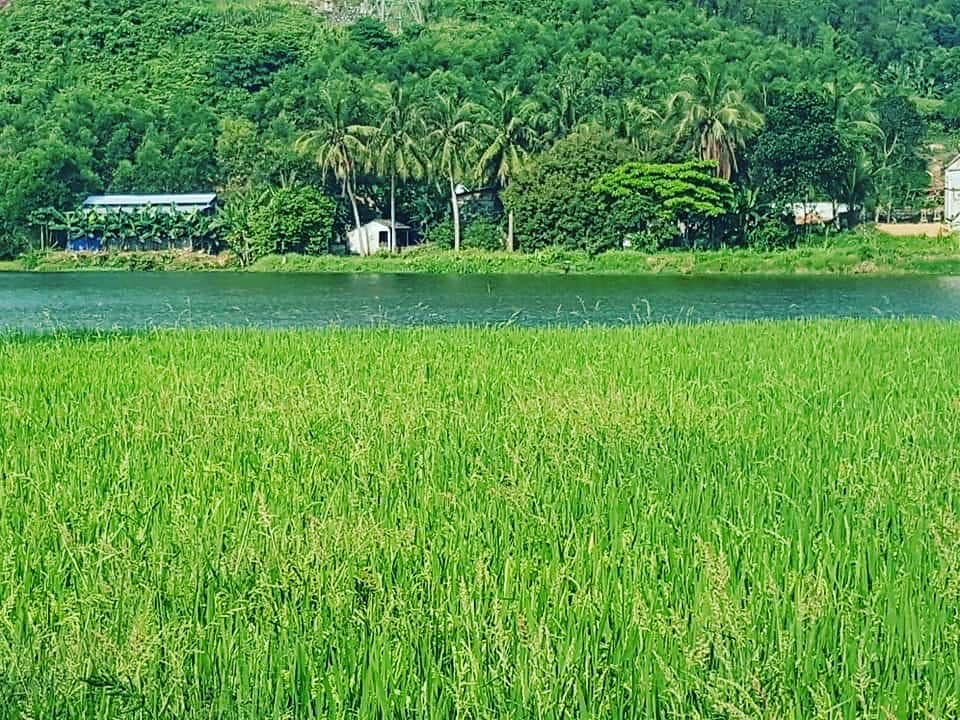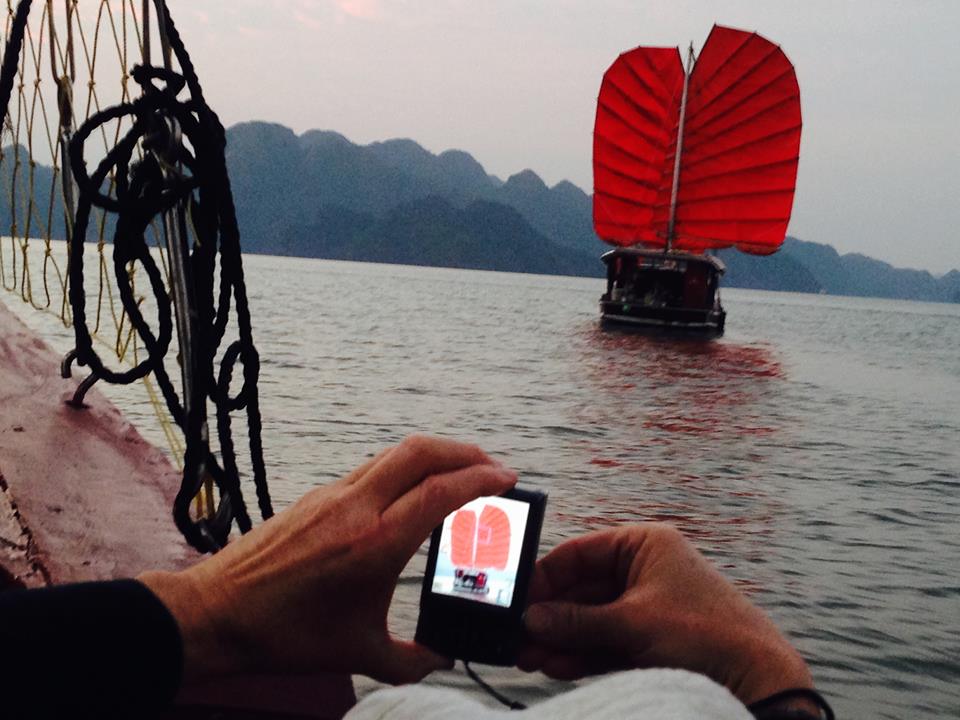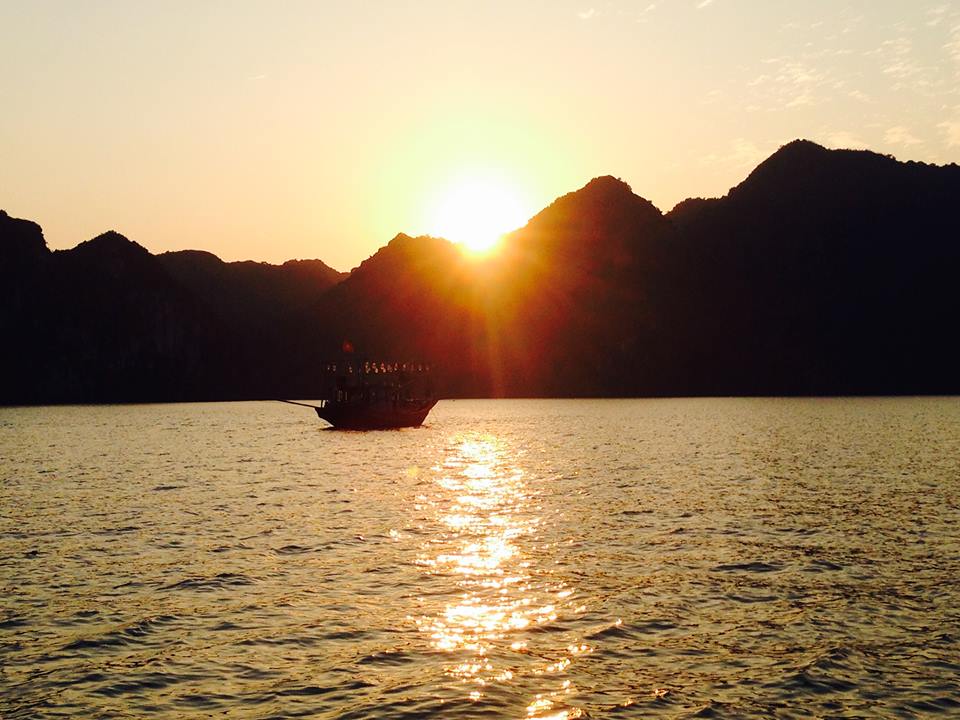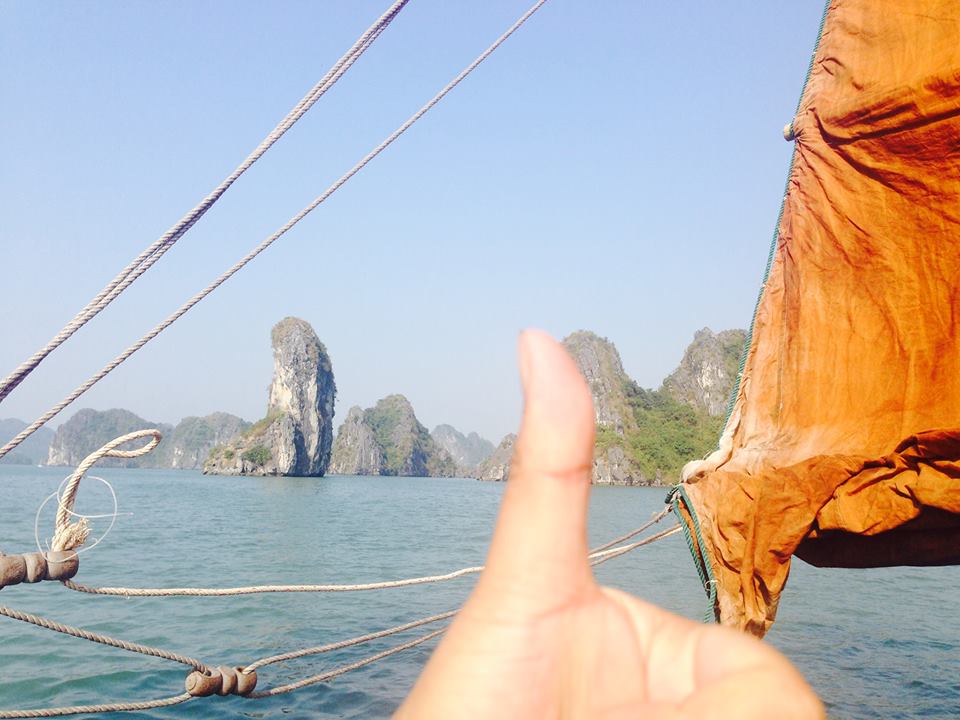Traditional house local way of life
From ancient times, building house is one of life’s three big important things: buying buffalo, getting married, building house. With the concept has a good resident has good career innovation, that means stable accommodation then career is concerned; that the reasons why everyone tries to get their own house as particular property. The rural architecture of Vietnam houses is always synonymous with the village culture.
All houses are including the main house, the side (the horizontal, kitchen), barn, yard, garden, pond and fence, wall surround, gates. The main house is usually divided to parts by odd numbers (1, 3 or 5 part) and often turns to the south because of catching the sun when it’s cold and cool in the summer. Almost houses have semicircle or circle pond in front – follow the “Feng Shui” theory. The pond is not only a place to growing fishes, snails but also all the daily activities taken place such as washing clothes, washing vegetables, washing dishes…
All houses have an ancestor altar. Ancestor worship beliefs – worshiping the death is very popular in Asia, especially in Southeast Asia nations and particularly in the Vietnamese and Chinese culture. For Vietnamese, it’s almost become a religion.
It is always a garden surrounded by areca row in front and banana at the behind; the house – the garden creating the village with its law as a unified community and life has existed for thousands of year’s history. Unlike the Western, Asian in general, and people in rural villages of Vietnam in particular tend to live three even four generations in the same house.In Vietnam village, it is easy to find items being made from things which are extremely familiar with normal life, such as: Areca fan; Coconut cup…Each local house in Dong Du village will provide you a nice experience to observe local life and family tradition, with a nice talking to warm hosts.
.jpg)
Historical site
Throughout the history of Vietnam, the war went through and left many historical sites. From the forests, rivers, cities… to the villages, the historical evidence of a heroic nation have been stored. Dong Du village like many other villages in Vietnam, has contributed to the history of country. In the village, Khe Lau Mountain and lake stand as the spirit of heroic battle against the invaders. This lake dates back to the heroic struggle of 100 guerrillas, who sacrificed all for the freedom of people. Vietnamese people love peace but are so strong in protecting country, fighting against any invader. In the trip to Dong Du village, visitors will pass through Khe Lau Mountain, see the historical lake and listen to the villagers’ stories about village and people. Located in the Khe Lau Mountain, Khe Lau lake is the symbol of the local people’s courage and heroic sacrifices over the years. In order to honor the merits of the guerillas fighters and villagers, either a memorial monument or a grave were built here in 2000 to dedicate the heroic local people who died in the war. Dong Du village also have some other historical relics related to Dong Son Culture such as Vac village and the historical bom cracter in the center of village.
Quan Ho singing and cultural life
Quan Ho folk song formed quite long ago by Viet people (Kinh people) in 49 Quan Ho villages and some other neighboring villages belong to Bac Giang and Bac Ninh province now created. Quan Ho singing is a Vietnamese folk music style characterized both by its antiphonal nature, with alternating groups of female and male singers issuing musical challenges and responses, and by the fact that most of the songs in the repertoire deal with topics of love and sentimentality experienced by young adults.
In Dong Du village, Quan Ho folksong is a popular performance of villagers in the festivals, holiday or celebration day of village. The elders also organize the performance monthly as a cultural activity of the village. In the performance, people also present other folksongs as Cheo, Dan ca… The cultural life of Dong Du village is rich by contribution of all young and elderly villagers to preserve traditional culture and give lessons to children about love with the country, ancestor and family respecting.











